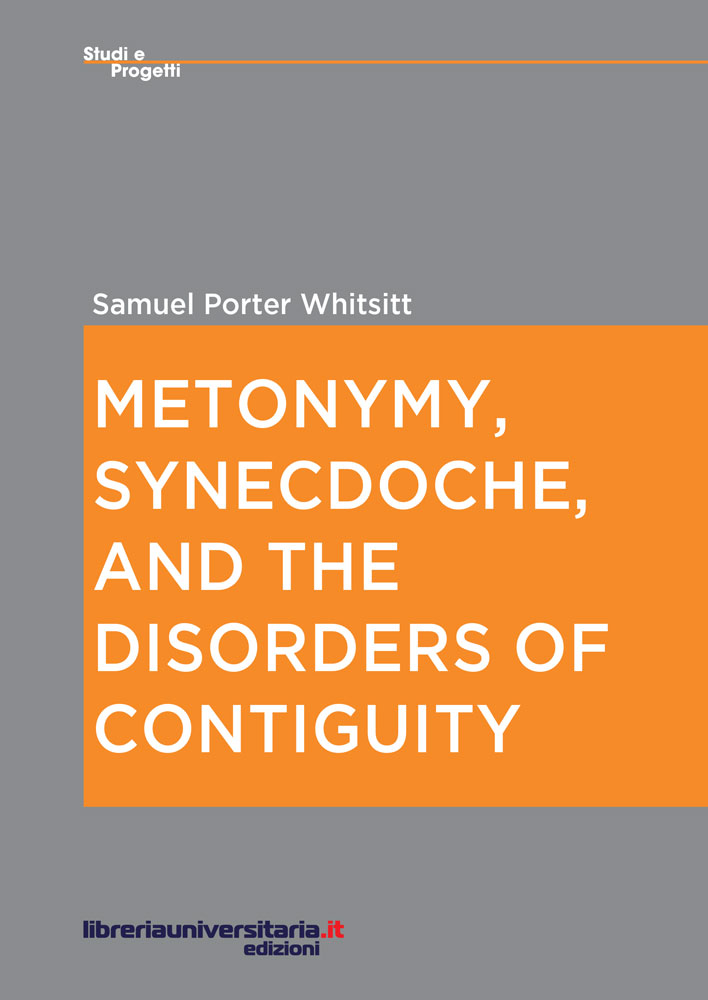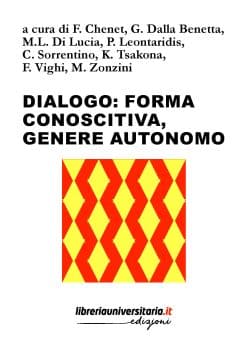Descrizione
In 1956 Roman Jakobson put metaphor and metonymy on equal footing, theoretically, when he coupled them. He noted nonetheless, that metonymy was not attended to as it should have been, and called this a “contiguity disorder”. This study attempts to understand what this disorder might be, and does so by shifting focus away from the couple, metaphor and metonymy, to that of metonymy and synecdoche. It is here, between these two “lesser” tropes, that one can see how metonymy, the trope of contiguity, or the trope of a certain arbitrariness, an untouched touching – a cold intimacy – seems to threaten the desire for wholeness, as represented by synecdoche, with the result that we see how synecdoche attempts to suppress contiguity because of the disorder it creates. This tension takes on a more dramatic twist when synecdoche (and not metaphor) is gendered as male, and metonymy, female.
Table of Contents:
Disorders of Contiguity
1. Principal Aims of this Study
2. Metonymy, Synecdoche, Contiguity – and Gender
3. Jakobson and the Disorders of Contiguity
4. Close Readings
Conclusion
Bibliography
Samuel Porter Whitsitt is an Associate Professor of English at the School of Languages and Literature, Interpretation and Translation of the University of Bologna, Forlì Campus. He teaches courses on literature, and the interrelationship between language and culture. He has published articles on corpus linguistics, language and culture, literature, and film.






